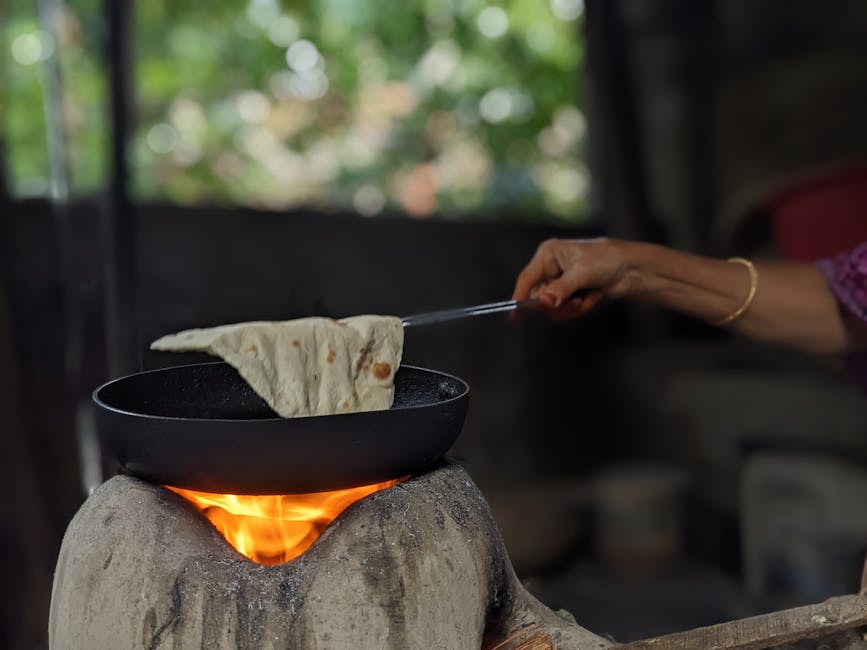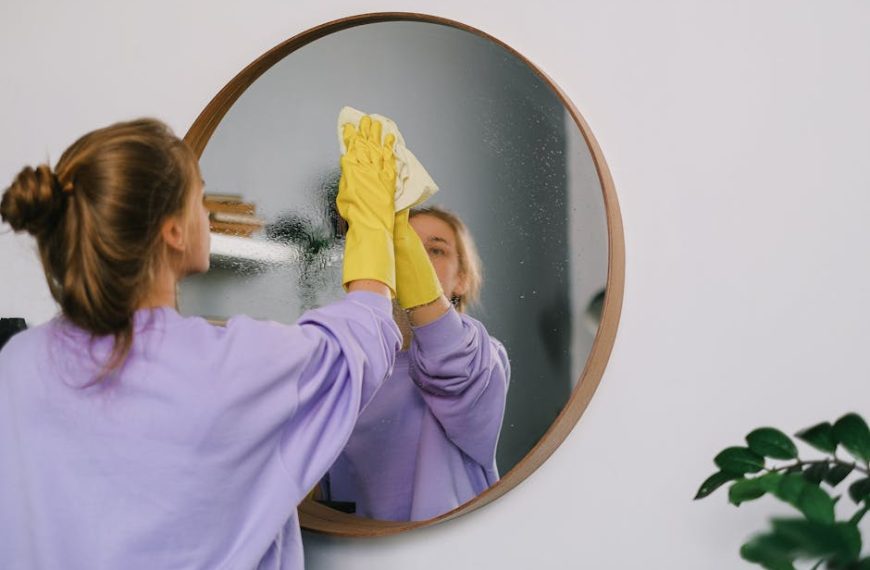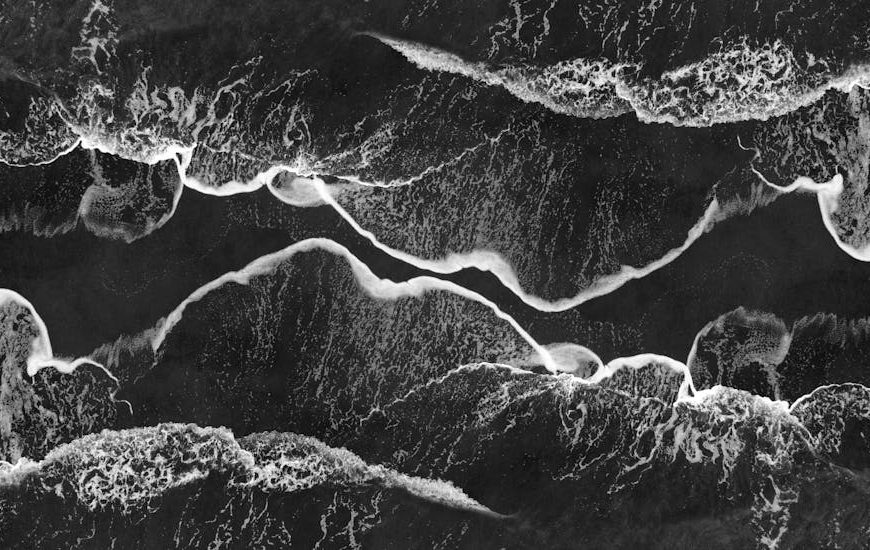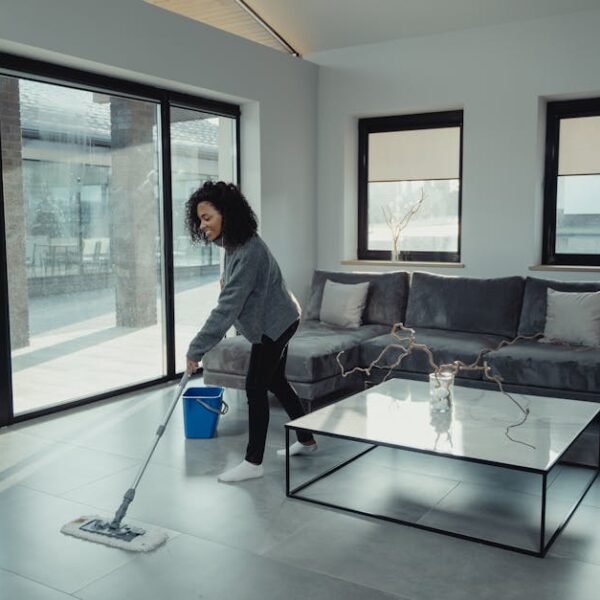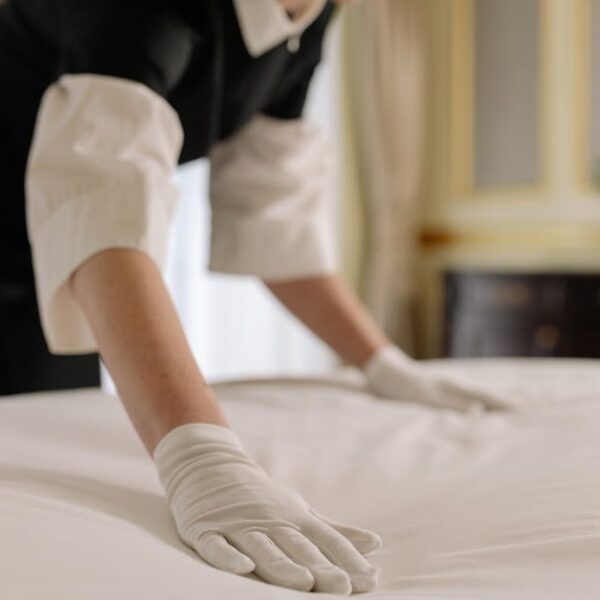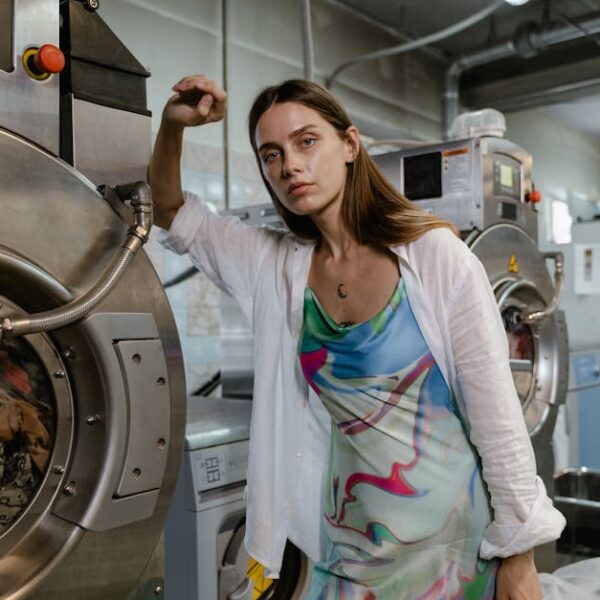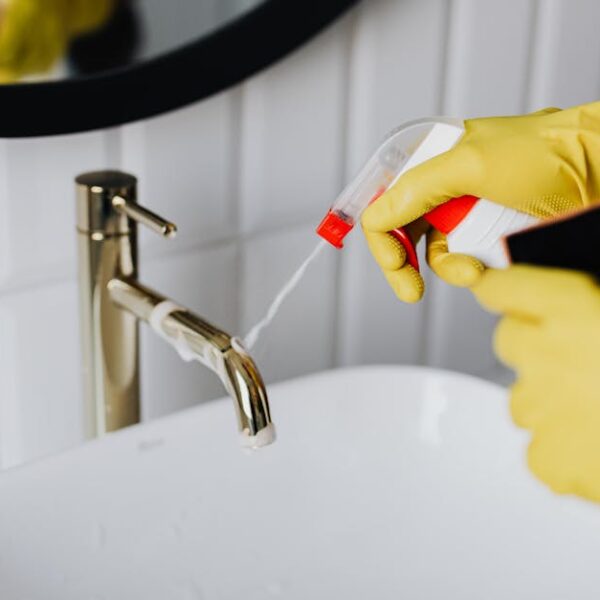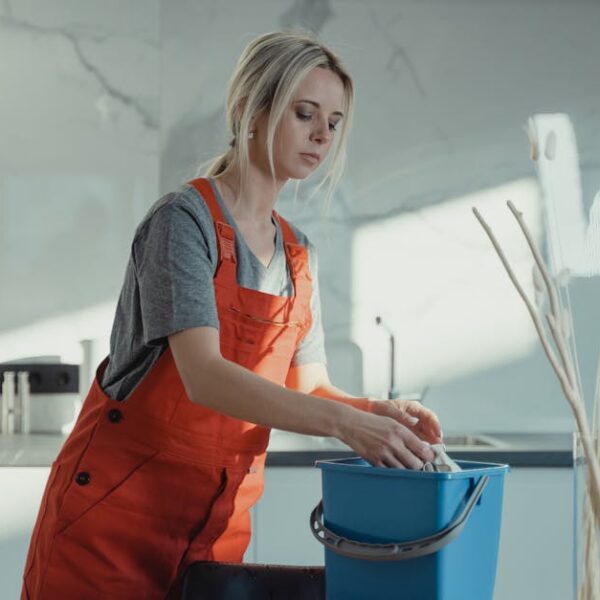In the world of DIY cleaning hacks, the combination of everyday household substances like baking soda and bleach can seem like a frugal and readily available solution to tough stains and grime. But in the quest for a spotless home, it’s crucial to understand the potential dangers and benefits of mixing these two ingredients.
Understanding the Properties of Baking Soda and Bleach
Baking soda, scientifically known as sodium bicarbonate, is undoubtedly a superstar of the natural cleaning world. From freshening up the fridge to scrubbing off bathtub scum, baking soda’s mild abrasive properties and its ability to neutralize odors makes it versatile enough for virtually any cleaning task – and it’s generally safe to boot.
On the other hand, bleach, also known as sodium hypochlorite, is an extremely powerful disinfectant that’s often used in household cleaning solutions. Bleach aids in removing stains, disinfecting surfaces, and even sanitzing laundry. Its potent anti-microbial properties ensure it’s highly effective – but along with that power comes necessary caution. Skin and eye irritation, difficulty breathing, or even burns are potential risks if improperly handled.
Both substances can be effective cleaning agents when used appropriately, but it’s vital to understand their properties and how they behave, both separately and together.
Chemical Reaction Between Baking Soda and Bleach
Here’s where the chemistry comes in: What happens when baking soda and bleach mix? The answer lies in the result of their combination. Mixing bleach and baking soda results in water, salt, and what’s known as ‘sodium hypochlorite.’ This resultant compound is still a very effective cleaning and whitening agent.
But wait, don’t these compounds produce a lethal chlorine gas? That’s a prevalent misconception. The reaction above does not produce any toxic or harmful gases. However, as with any cleaning agents, they should be used with care. Overuse or misuse can lead to health implications, primarily due to the bleach component of the mixture.
Benefits and Drawbacks of Mixing Baking Soda and Bleach
While it might be tempting to combine the scrubbing power of baking soda with the disinfecting prowess of bleach, it’s important to understand the potential benefits and pitfalls. Mixing them can indeed supercharge your cleaning—especially for heavy-duty tasks like bathroom mold—by taking advantage of their complementary properties.
However, the intensified cleaning power comes with heightened risks, as bleach can be a potent irritant to the skin, eyes, and respiratory system. There’s also the potential for chemical burns if the mixture is used improperly.
✔️ PRO TIP: Always wear gloves and ensure good ventilation when using bleach, whether on its own or in a mixture.
Comparatively, using baking soda or bleach independently for cleaning carries less risk at the expense of their combined potency.
In the next response, we will continue exploring this topic by emphasizing the precautions necessary when mixing these substances and discussing safer alternatives for household cleaning.
Precautions to Take When Mixing Baking Soda and Bleach
When it comes to mixing baking soda and bleach, safety first! There are important precautions to follow to mitigate potential health risks associated with mixing and using these substances:
- Use gloves and eyewear: To protect your skin and eyes from bleach irritation, always wear protective gloves and eyewear.
- Ensure good ventilation: Bleach can release strong fumes, which can cause coughing, shortness of breath, or a burning sensation in the throat. Always make sure the area is well-ventilated when using bleach mixtures.
- Mix in small proportions: Mixing a large amount of bleach and baking soda can create a potent cleaning solution that can be especially irritating to the skin or eyes. A safe ratio is one cup of bleach to one tablespoon of baking soda.
✔️ PRO TIP: Never mix bleach with any other chemicals, especially ammonia, vinegar, or alcohol, as this can create dangerous toxic gases.
Safe Alternatives to Mixing Baking Soda and Bleach
If the disadvantages and safety concerns of mixing baking soda and bleach have you second-thinking your cleaning methods, don’t fret! There are plenty of safe and effective alternatives to try:
- Hydrogen Peroxide: A great bleach alternative, hydrogen peroxide is a powerful disinfectant that’s gentle on the environment.
- Vinegar: Acetic acid (vinegar) is great for tackling lime deposits, grease, and some bacteria.
- Commercial green cleaning products: Many biodegradable, environmentally friendly cleaning products on the market are as effective as traditional cleaners.
Here’s a quick comparison:
| Substance | Pros | Cons |
|---|---|---|
| Baking Soda | Great on tough grime, safe to use, deodorizes | Requires more scrubbing effort on heavy stains |
| Bleach | High disinfection capabilities, effective on stains | Potential health risks with improper use |
| Hydrogen Peroxide | Effective disinfectant, eco-friendly | Less effective on heavy stains |
| Vinegar | Effective on lime and grease, safe to use | Not effective on all bacteria, strong odor |
| Green Cleaning Products | Effective and eco-friendly | Can be more expensive |
Remember, effective cleaning doesn’t have to involve harsh chemicals or potentially hazardous mixtures. Choose a method that suits your comfort level and cleaning needs. Whether it’s confidence in mixing baking soda and bleach safely or opting for natural or green commercial alternatives, rest assured there’s a suitable choice for everyone’s clean-home goals.
Key Takeaway:
- Mixing baking soda and bleach results in water, salt, and ‘sodium hypochlorite,’ an effective cleaning and whitening agent.
- Contrary to popular belief, this mixture does not produce toxic gases.
- While combining baking soda and bleach can provide heightened cleaning power, it comes with increased risks such as skin, eye, and respiratory irritation, and potential for chemical burns.
- Strict safety precautions should be followed when using this mixture, such as wearing gloves and ensuring good ventilation.
- Several safe alternatives to this mixture include hydrogen peroxide, vinegar, and commercial green cleaning products.
In the world of DIY cleaning, it’s important to understand the potential risks of the substances we blend. Armed with the proper knowledge, precautions, and a host of alternative cleaning solutions, anyone can maintain the cleanliness and safety of their homes. Don’t be afraid to experiment and find the cleaning routine that works best for you.
FAQs
Q: What is the safest ratio for mixing baking soda and bleach?
A: If you do decide to mix baking soda and bleach, maintain a safe ratio of one cup of bleach to one tablespoon of baking soda.
Q: What other substances should I avoid mixing with bleach?
A: You should never mix bleach with ammonia, vinegar, or alcohol, as this can create hazardous toxic gases.
Q: Is using baking soda and bleach the only way to clean tough grime?
A: No, there are several other methods for dealing with tough grime. For instance, you can use a paste of baking soda and water, or try using commercial cleaning products designed for heavy-duty tasks.
Q: What precautions should I take when using a baking soda and bleach mixture?
A: Always wear gloves and eyewear to protect your skin and eyes, ensure the area is well ventilated, and mix the substances in small proportions.
Q: Why do I often hear that mixing baking soda and bleach is dangerous?
A: The blend of baking soda and bleach can be harmful if misused or overused since bleach is a potent irritant. Long-term exposure or lack of appropriate safety precautions can lead to health implications.
If you found this article helpful, feel free to explore more posts on our website and share this one with your friends!
